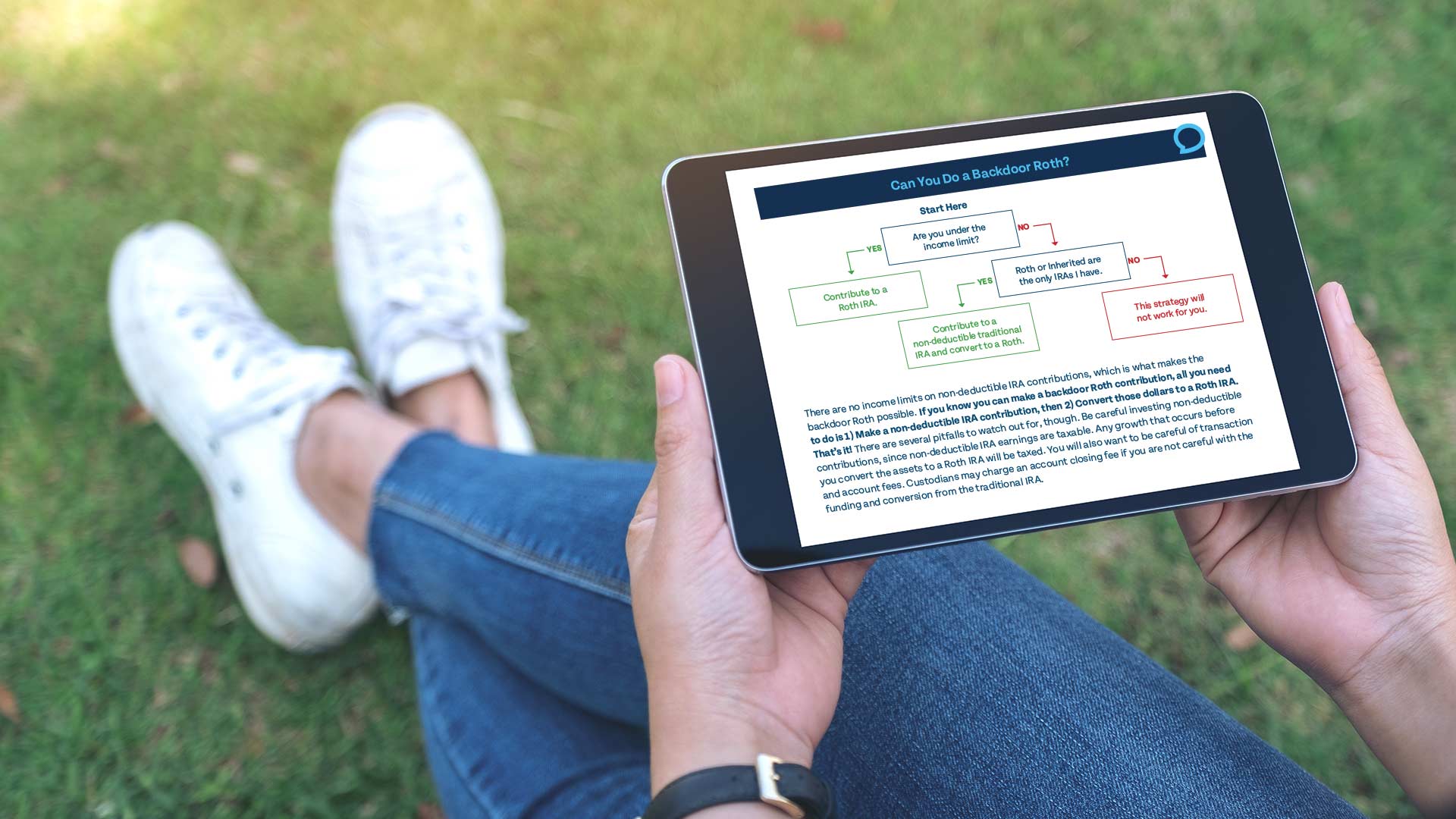
Change your life by
managing your money better.
Subscribe to our free weekly newsletter by entering your email address below.

Subscribe to our free weekly newsletter by entering your email address below.
Whether you’re feeling financially lost and looking for a starting point, or you’ve already locked into good habits like budgeting, cutting back, and skipping that morning coffee—but still feel like it’s not enough—this is for you.
In today’s uncertain economic climate, mastering the art of saving is more important than ever.
Depending on where you are in your financial journey, your savings serve different purposes:
Starting Out: Your emergency fund provides flexibility and peace of mind. It keeps you from making desperate financial decisions when unexpected events arise.
Progressing: Your savings grow beyond cash reserves into investments. Eventually, these investments may generate enough income to replace your job.
Financial Independence: Once your investments can support your lifestyle, you own your time. That’s financial freedom.
But how do you actually increase your savings?
This guide will show you how to double your savings rate, which—through consistency and compound growth—can ultimately double your total savings and accelerate your journey to financial independence.
Before you can double your savings, you need to know your starting point.
How to calculate your savings rate:
Add up all the money you’re setting aside monthly (retirement contributions, emergency fund deposits, other savings).
Divide that total by your gross income (your income before taxes and deductions).
Multiply by 100 to get your savings rate as a percentage.
This is your baseline.
This strategy challenges the well-known Latte Effect (the idea that cutting small purchases like daily coffee can yield big savings over time). While that’s not wrong, it’s often better to focus first on the biggest expenses that move the needle.
According to the Bureau of Labor Statistics (2024), the biggest household expenses are:
Housing – ~33% of income
Transportation – ~17%
Food – Significant but usually less flexible
Housing: Try to keep this under 25% of your gross income. Consider house hacking or roommates if you’re early in your journey.
Transportation: Use the Money Guy 2/3/8 Rule:
20% down
3-year loan term
No more than 8% of your gross income as the car payment
⚠️ Many Americans overspend on cars, with payments exceeding $750/month and loan terms over 5 years.
Big takeaway:
Cutting a car payment from $680/month to $320/month (just by following the 8% rule) frees up $360/month—that’s the equivalent of skipping 72 $5 lattes!
Tackle big expenses first, then fine-tune smaller ones later.
This flips the traditional savings model on its head. Instead of saving what’s left over, you save first—before you spend.
Automate savings into:
High-yield savings accounts
Roth IRAs or 401(k)s
Reframe your mindset:
Instead of saving “$500/month,” think: “I’m saving $17/day“
This small psychological shift makes saving feel more manageable
Aim for 25% of your gross income
National average is currently only 4%, so even small steps toward 25% can put you well ahead of the curve
Forced scarcity makes saving the default, and your spending will naturally adjust to what’s left.
Once you’re saving consistently, time becomes your most powerful wealth-building ally. Compound interest rewards consistent savers exponentially.
Estimate how long it takes for your money to double:
72 ÷ annual return (%) = years to double your investment
Examples:
10% return → money doubles in 7.2 years
8% return → money doubles in 9 years
Let’s say:
You start with $10,000 invested
You add $1,000/month (25% of a $4,000 income)
You earn 8% annually
You’ll double your money in ~9 months, not 9 years!
This same principle works at larger scales. A $100,000 investment with the same $1,000/month contributions will double to $200,000 in under 5 years, rather than 9.
Doubling your savings may seem daunting, but by:
Targeting big-impact financial decisions
Creating automatic savings systems
Leveraging compound growth
…you’ll make huge strides toward financial freedom.
Start with where you are, and implement these changes gradually. There’s no perfect time to start—but the second-best time is right now.
Start small. Stay consistent. Let your money build a great big beautiful tomorrow.
Subscribe on these platforms or wherever you listen to podcasts! Turn on notifications to keep up with our new content, including:
Whether you feel like you’re lost financially and looking for a place to start, or you actually feel like you’re locked in and doing everything right—that means budgeting, cutting back, skipping that morning coffee—but yet somehow it’s still just not enough, this video is for you. In our uncertain economic climate, mastering the art of saving money is more important than ever. Something else that’s even more crucial than ever is smashing that like button.
Depending upon where you’re at in your financial journey, your savings can serve a few different purposes. When you’re first starting out, an emergency fund can keep you from making desperate decisions. It’ll make sure you’re covered when something unexpected comes up, and it just generally provides you with more flexibility and peace of mind. And as you progress, your savings will grow beyond your cash reserves and you will start investing. Check out the FU if you need grounding—that’s at moneyguy.com/resources. Those investments eventually can grow to the point that they replace your income and—booyah—you reach financial independence.
Obviously, the more you save, the more you accelerate that booyah journey and own your time that much sooner. But how do you actually do it? Today we’re going to cover some key concepts and strategies you can use to double your savings. More specifically, we’ll talk about doubling your savings rate, since it’s those early and important small day-to-day decisions that will help you build momentum and success. And at the end, we’ll talk about how all of that put together will, in theory, double your actual savings that you’ve invested to build your great big beautiful tomorrow.
But before we dive into those strategies, you have to have a starting point. That first starting point is actually calculating your current savings rate. After all, you can’t double something if you don’t know where you’re starting from. And when we talk about savings rate, we’re talking about the percentage of your gross income you’re setting aside—that’s your income before taxes and payroll deductions.
If you’ve never calculated your savings rate before, now’s the time to do it. Take your total monthly savings—including retirement contributions, emergency fund deposits, and any other money you’re setting aside—and divide it by your gross monthly income. Now multiply that by 100, and that’s your savings rate as a percentage. Of course, these strategies will work for increasing your savings by any amount, but we’re going to use doubling as our benchmark just to give a clear, defined, aspirational goal for you to work toward.
And in order to double your savings, you’ll need to find the biggest bang for your buck financially and make changes that actually move the needle—which brings us to our first strategy: don’t major in the minors. Let’s make some big changes. This idea sort of goes against what’s known in the personal finance world as the latte effect, which is an idea that suggests accumulating small, recurring expenses—like a daily coffee purchase—can have a significant impact on long-term financial goals.
Now let me be clear: we are all about making good decisions with all aspects of your money. But as an order-of-operations type of guy, I want you to hit the big elements of your expenses first. The Bureau of Labor Statistics publishes an annual report on consumer spending, and their report released in 2024 found that the biggest areas of expenses were around housing, transportation, and food. That makes complete sense.
Housing was far and away the biggest, with folks spending on average nearly a third of their income on housing. We’d love to see that number not exceed 25% of your gross income by getting creative with house hacking or even taking on roommates as you start on your financial journey. Since it is likely your largest expense, there’s potential to find hundreds of dollars a month of budget savings.
And I want to be clear—as the mayor of Realville, we understand here at the Money Guy that a lot of housing costs are determined at least in part by where you live, and cutting housing costs is not always feasible. So that leads to the second spending category, which is transportation. We can definitely do better as Americans. It’s hard to believe this category makes up an average of 17% of American spending.
If you know our 2-3-8 car buying guideline, that last number—8%—represents that car payments should not exceed 8% of your gross income. Add on fuel and general maintenance, and you still should not be that much over 10%. This means many are literally driving around their future wealth today in a car they can’t even afford. This tracks with the data we’ve seen recently with folks that are making payments over $750 a month and financing cars for an average of 68 months.
Your car is a textbook example of a consumption decision, meaning you get to choose how much you spend. While you do need transportation to get from point A to point B and even to your job, the difference between the Corolla and a Toyota Land Cruiser is a lifestyle choice—and that choice can have a massive impact on your financial future. You can save thousands per year in car payments, depreciation, and insurance costs by making smarter vehicle choices. We’re talking about potentially freeing up $300 to $500 a month that could be redirected straight to your savings and investments. That’s the kind of big change that can dramatically accelerate your wealth building.
Now if you’re looking to purchase a car responsibly, the best option is to pay cash—though we know that’s not always possible. That’s why we do recommend, and I’ve already mentioned it earlier, our 2-3-8 rule. Just to illustrate how much of a difference this can make compared to subscribing to the latte effect, let’s say that your income is around $4,000 a month and your car payment is, in fact, 17% of your income—or $680 a month. If you instead followed our 2-3-8 and had a car payment of no more than 8% of your income, that would be a payment of $320 a month—for a difference of $360 a month. Trying to make up that same difference by cutting out a $5 coffee would mean you’d have to cut out 72 coffees. So as you can see, getting on top of the big expenses like housing and transportation can make a much bigger impact than those small changes.
But that’s not to say we can’t do both. If we focus first on optimizing our big expenses and then we add in careful consideration of even those small purchases, we’ll be well on our way to doubling our savings rate. And speaking of saving money, let’s talk about the next key strategy: creating forced scarcity.
This concept flips the traditional savings approach on its head. Instead of saving whatever’s left over at the end of the month, you prioritize saving before you even have a chance to spend. This isn’t just a theoretical concept. There are several ways this feature is already built into your financial life—like salary deferrals to your retirement accounts—but you can take this concept even further by setting up automatic transfers to high-yield savings accounts or investment vehicles like your Roth IRAs. The beauty of this approach lies in its simplicity. Often, it’s as easy as clicking a few buttons in your banking or investment app.
What’s fascinating is that your spending naturally adjusts to your account for the money you’ve set aside. Your brain automatically recalibrates its spending decisions based upon what it perceives as available funds. Recent data from the FRED shows a concerning trend: the average American is only saving around 4% of their income. This highlights a significant gap between typical savings habits and recommended financial practices.
Here at the Money Guy Show, we encourage a savings rate of 25% of your gross income. While this might feel like a huge leap from the national average, we’ll show you how to work towards this goal step by step. There’s an interesting psychological trick you can use to start bolstering your savings rate. A study from Scientific American found that people were four times more likely to commit to saving $5 a day versus $150 a month, even though these are identical amounts. You can use this psychological insight to your advantage. Instead of thinking about saving $500 from each paycheck, try to reframe it as setting aside $17 a day. This mental shift makes automated savings feel less daunting. From there, you can gradually increase your automated savings amount—whether monthly, quarterly, or annually—until you reach a savings rate that not only works for you but makes your money work for you.
Eventually, we want your money working harder than you can—with your back, your brain, and even your hands.
This brings us to our third and final strategy, which is just to keep going. While the first two strategies we discussed focus on increasing that amount you are putting away, this one leverages that eighth wonder of the world: compound interest. Time is the most powerful ingredient in building wealth, and understanding how it works can help accelerate your journey to doubling your savings.
One of the simplest ways to understand this concept—particularly in the context of doubling your money—is through the Rule of 72. This rule provides a quick way to estimate how long it will take your invested money to double. The calculation is straightforward: you’re going to divide 72 by your expected annual rate of return. If you want an example, consider if you average 10% annual return. It would take approximately 7.2 years—that’s 72 divided by 10—for your money to double.
But here’s where things get interesting: when you combine consistent savings with compound growth, the timeline to double your money can accelerate dramatically. Let’s look at a practical example. Say you already have $10,000 invested and it’s earning 8% annual returns. Using the Rule of 72, it would take approximately 9 years for that money to grow to $20,000. However, if you were earning $4,000 monthly and following our 25% savings and investment rate—meaning you were setting aside $1,000 each month—you could double that $10,000 in just over 9 months instead of 9 years.
This principle holds true at larger scales too. A $100,000 investment would still take 9 years to double to $200,000 just using compounding interest at 8%. But by maintaining the same 25% savings rate on that $4,000 monthly income, you could reach $200,000 in just under 5 years.
This illustrates the powerful combination of consistent saving and compounding growth, and why starting early and staying consistent with your savings can dramatically accelerate your wealth-building journey.
The journey to double your savings might seem daunting at first, but by focusing on the big impact changes, creating systems for forced scarcity, and letting time work in your favor, you can make significant progress toward your financial goals. The key is to start where you are, implement these changes one at a time, and stay consistent.
Whether you’re looking to build an emergency fund, save for retirement, or work towards financial independence, let these principles serve as your foundation. And while doubling your savings is an ambitious goal, it’s absolutely achievable when you combine smart saving strategies with the power of compounding growth.
Most importantly, don’t wait for the perfect time to start. The best time to begin implementing these strategies was actually about 5 years ago—but the second-best time is actually right now. So start making those small choices today so you can get to work on building your great big beautiful tomorrow.


Financial Order of Operations®: Maximize Your Army of Dollar Bills!
Here are the 9 steps you’ve been waiting for Building wealth is simple when you know what to do and…
View Resource
How Much Should You Save?
How much of your income can you replace in retirement? You can replace different portions of your income in retirement…
View Resource


How about more sense and more money?
Check for blindspots and shift into the financial fast-lane. Join a community of like minded Financial Mutants as we accelerate our wealth building process and have fun while doing it.




It's like finding some change in the couch cushions.
Watch or listen every week to learn and apply financial strategies to grow your wealth and live your best life.
Subscribe to our free weekly newsletter by entering your email address below.